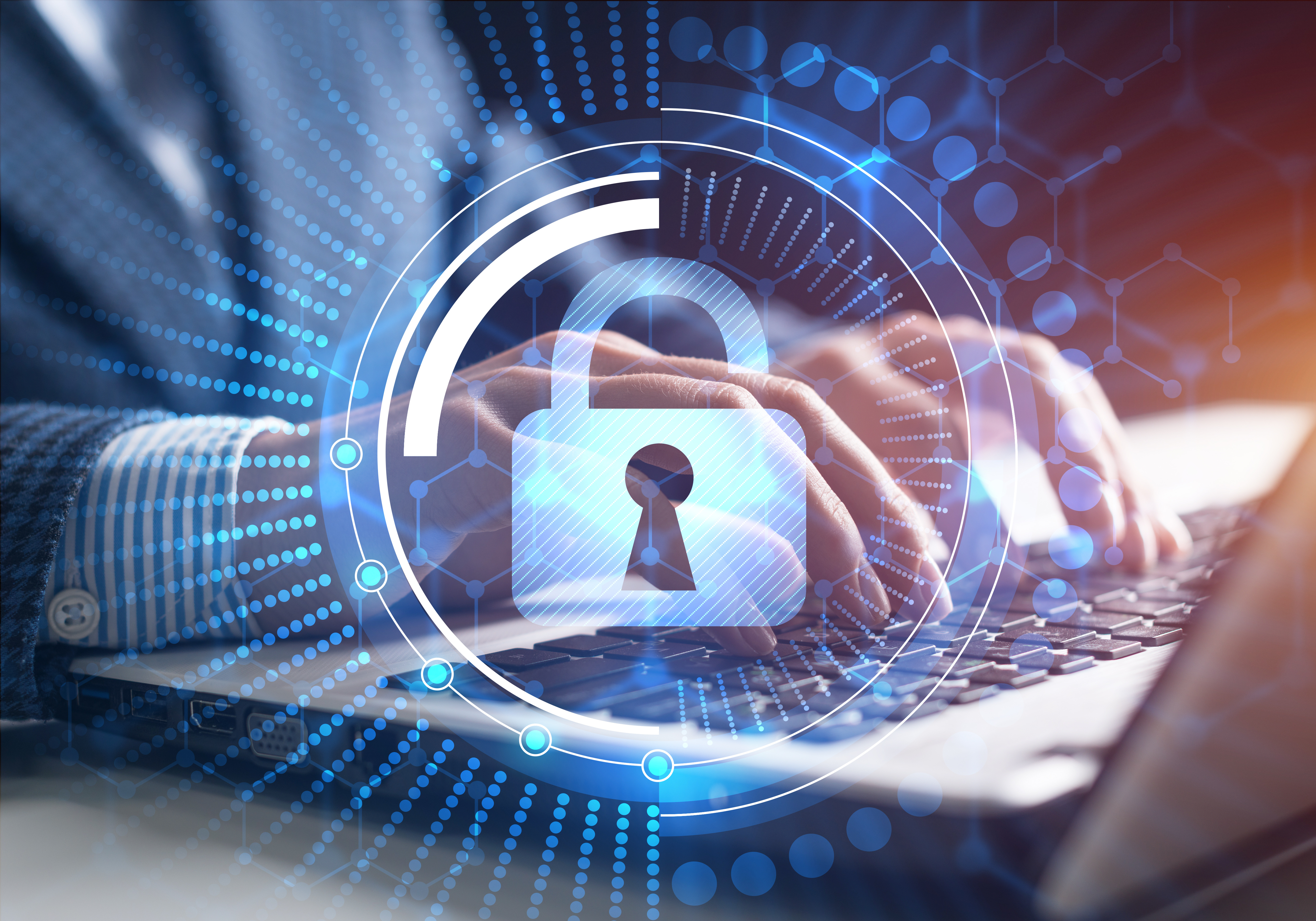Risk Assessment vs. Risk Analysis
Here are key takeaways from this blog: Risk Assessment and Analysis Are Distinct but Complementary. Understanding this distinction is critical to...

Can you tell the difference between data privacy and data security? If you don’t consider yourself cyber-savvy, there is a strong possibility you would say that these two terms are the same thing. The reality however, is they in fact refer to different concepts. Still, they are related in that you need data security in order to ensure data privacy.
Data privacy is generally defined as the freedom from intrusion of third parties in people's personal data, and denying unauthorized users access to sensitive information. Data privacy entails collecting, processing, storing, properly exploiting and deleting personal data. The right to privacy is protected by the constitution of most countries and the privacy policies of corporations.
To put it in a real life perspective, we would compare the data privacy with a locker at a local gym or school. Instead of leaving personal items in a public place where they are visible to wandering eyes, you place them in a locker - a box with a lock on it. Now, you don’t have to worry whether or not your personal items can be seen because unless someone has the combination, they won’t know what you’re “hiding” in there. Your personal belongings are private and storing them in a locker prevents third parties from looking at your stuff.
The questions that come up in terms of data privacy are things like:
Data security is the process of using tools and techniques to prevent malicious individuals from obtaining access to people's sensitive data. Common methods used include: authentification, encryption, access control and breach response. Back to our locker at a gym or school - the lock on the box would be the tool preventing someone from taking the items inside it. The questions that come up in data security are things like:
Whether it's a padlock for a gym locker, or a password to a Google account, there is unfortunately no guarantee that any security system or mechanism is invincible. Try as you might, there is no tool currently available that provides 100% protection from the theft or access of data. That said, there are things you can do to make it harder for cybercriminals to intercept data and/or view it.
For improved data security, you could:
For improved data privacy, you could:
While sharing the same mission of providing protection to personal information, data privacy and data security define different concepts. Data privacy stands for ensuring that sensitive information is stored and utilized properly in an effort to guarantee the fundamental right of people to personal freedom. Data privacy doesn't ensure, though, that the data won't be stolen. This is the job of data security which features processes and tools for preventing unauthorized third parties from accessing, stealing, and destroying the data. Without security tools, the data may become victim to unauthorized users that can affect its integrity, or result in it being altered, sold, and/or deleted.
If you would like assistance with data privacy and data security for your organization, contact our team of experts.

Here are key takeaways from this blog: Risk Assessment and Analysis Are Distinct but Complementary. Understanding this distinction is critical to...
.png)
Penetration Testing, also referred to as pen tests, are used by security and IT professionals to assess the security of a hardware or software system...

Within the world of information security, there are standards for the way data is handled. Much of this takes place within a business framework. The...